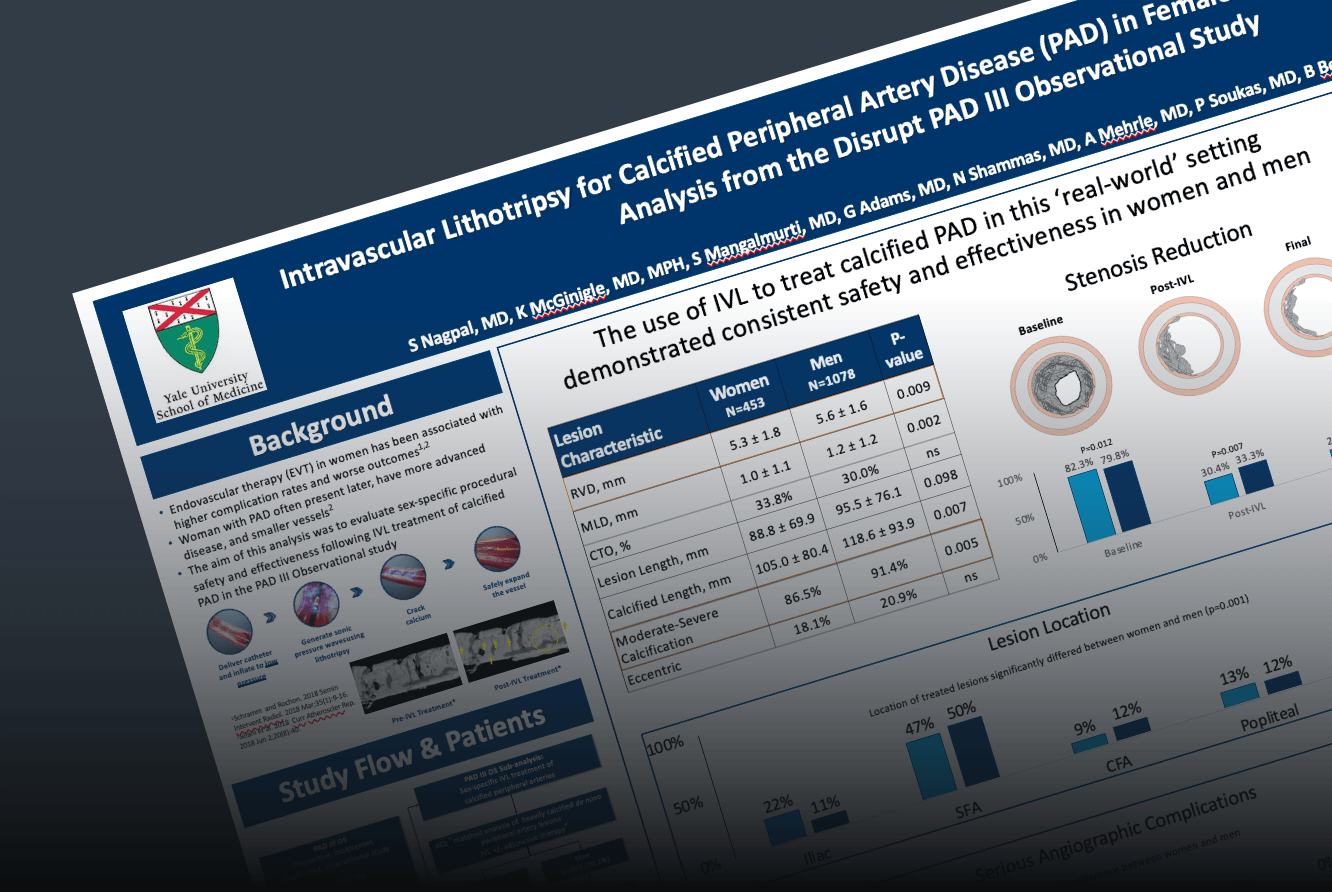
It’s Time to EMPOWER
Our Efforts to Help Close the PCI Outcomes Gap in Calcified Lesions
Underdiagnosed. Under‑represented. Underwhelming outcomes. We know that there is much work to be done to bridge the PCI inequality gap between females and males. That’s why we’re committing our expertise, clinical focus and technological advances to do everything we can to narrow the gap.
New Shockwave IVL Publication Shows Similar Outcomes in Women and Men.
Read the press release











